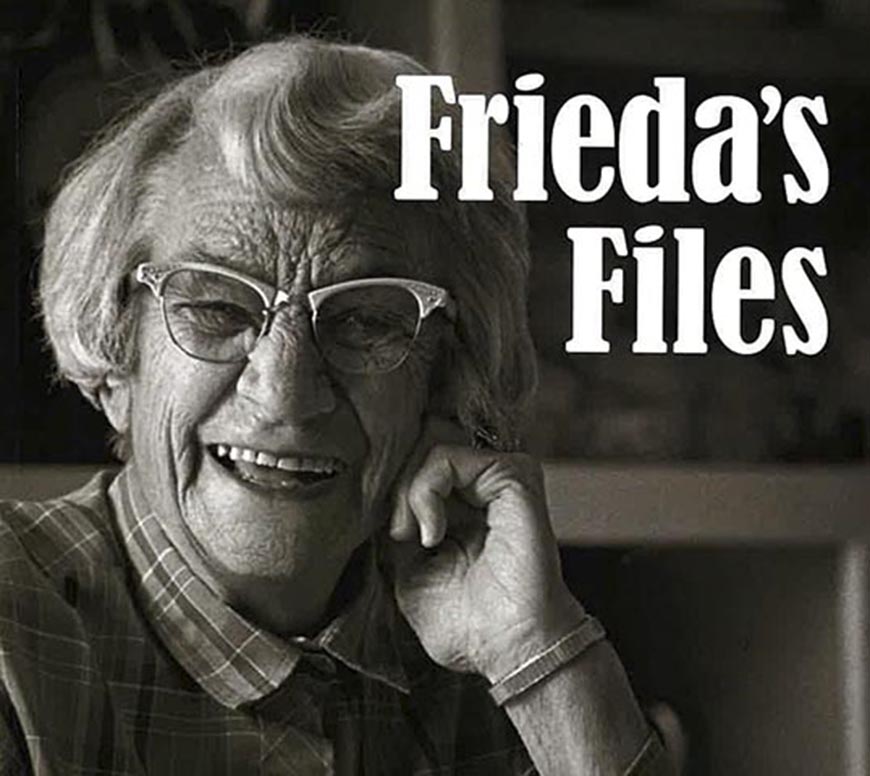Frieda’s Files are a collection of historical short stories about Carson Valley by Frieda Cordes Godecke, published in The Record-Courier. Reproduced here with permission from the Cordes Cousins, and their book “Frieda’s Files”.
March 1, 1979: The way of life in Carson Valley
A few of us old-timers remember the days when all it took to seal a bargain was a handshake, whether it was to buy a farm, a business, livestock, or machinery. If you needed a little financial help when the going was rough, your promise to pay, without a lot of paperwork, was as good as gold. We remember, too, when a purse was something you carried your money in–not something crammed with credit cards, licenses, permits, telephone numbers, etc.
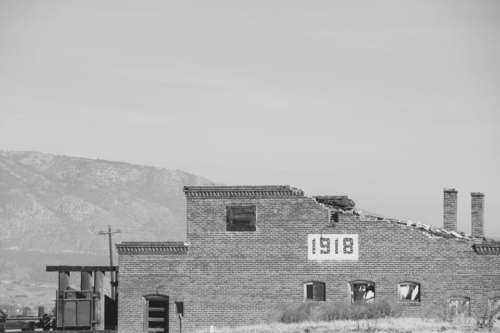
Dangberg Home Ranch
Life seemed so simple years ago compared to all the red tape there is attached to living these days. Before income tax days bookkeeping on a farm, for instance, could be done on the back of an envelope. Now it takes a college graduate to figure out what the complicated forms have in mind. One needn’t be a millionaire to get somewhere in this world. If you were honest and willing to work, you had as good a chance as the next one. Some of our first great presidents like Abraham Lincoln were sure proof of this.
In our own Carson Valley we are fortunate to have hard-working, honest people from many lands who came here to begin the process of molding the Valley into the beautiful spot it is today.
Pioneers brought with them customs and traditions from their mother countries and shared and traded their ideas with their neighbors who may have come from yet another foreign land. Here all were equal, whether a man owned one acre or a thousand.
In many foreign lands it was the custom to keep all livestock under shelter because of the damp, rainy weather. That was probably the reason settlers in our Valley deemed it necessary to build large comfortable barns for their animals when they themselves began life in small houses or cabins. Even today the Valley is dotted with large barns built by our forefathers many years ago.
Foreigners from every country not only brought their customs with them but taught us to enjoy them also. For instance, what could be more pleasant even today than having dinner at a Basque restaurant, sitting at a long table family style, and enjoying a delicious dinner of cabbage soup, pickled tongue, and steak as only the Basques can prepare it? Or, looking back many years, what was more tasty than Mrs. Cagliari’s wonderful Italian Swiss cheese which she made in Centerville in the early 1900s? She and her family brought the recipe and many other tasty recipes with them from Italy. And there was Mrs. Matt Hansen who made the most mouthwatering Danish “sprutter” cookies that only a Danish lady could make. Mr. and Mrs. Hansen were very active in the Danish society that was such an asset to the community at that time.
Perhaps the custom brought to Carson Valley by the Germans which we remember best was that of building the Easter fire. This was an undertaking in which the entire farm family participated. This project no doubt had a two-fold purpose–it kept the neighborhood’s small fry busy for weeks before Easter, and it was also a good cleanup process.
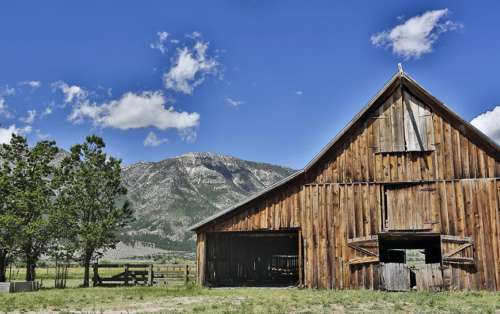
Historic Carson Valley barn. Photo by JT Humphrey.
Since our farm was located on the banks of the Rocky Slough in Centerville and our father usually supervised the project, the big event took place near our house. For weeks we gathered together all burnable trash in the neighborhood–tree trimmings, sagebrush, willow branches, broken boards, and the like. After a flood or high water in the early spring, we had no problem finding material for our big fire.
On Easter Sunday evening all Centerville, young and old, gathered for the lighting of the bonfire. How interested we were in the cottontails and other small animals that, with the first crackle of the blaze, scurried to safety from where they had been hiding in the rubble! And how pleasant it was to gather round the fire to sing and tell stories or to enjoy the music of an accordion or harmonica. When the flames died down, there were always weenies or other goodies to roast over the coals. We never failed to count the dozen or more Easter fires visible throughout the Valley.
Sunday was a day of rest on the farm. True, the cows had to be milked and the livestock fed, but other than that it was a church-going day. After a Saturday night bath in the wash tub near the kitchen range and perhaps a haircut or two, or tresses put up in rag curlers, the family was ready for church the next day. Sunday was also visiting day. It was well to be prepared for unexpected guests who might decide to drive out your way after church. You might decide to visit them in the same manner at another time. There was always food for emergencies in the underground cellar–canned fruits, stored vegetables, home-cured hams, and sausages. Without telephones there was no way of letting folks know you planned a visit.
You wore your best to church but changed into your everyday dress the minute you reached home. Ladies wore hats and gloves, and gentlemen never went without a coat. Coats were also a must for men when they entered a bank or had business at the courthouse.
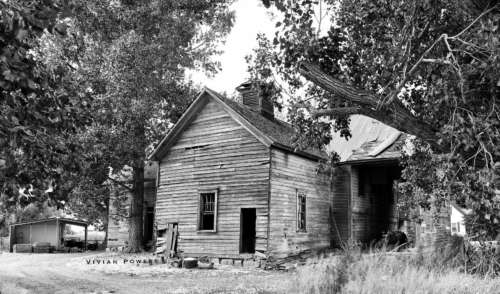
The old creamery in Gardnerville. Photo by Vivian Powers.
It is difficult to realize that one’s way of life can change in so many ways in a span of a few years. How pleasant it would be if, for just one day, we could go back and enjoy the peace and tranquility of yesterday–the yesterday when you were free to come and go as you pleased; when you hunted and fished where you liked without “No Trespassing” signs to bother you, just so you closed the gates and didn’t disturb the cattle; when there was no income tax; when it wasn’t necessary to consult a lawyer or planning board when you wanted to buy or sell a foot of ground; when you didn’t need a permit to build a shed or an outhouse; yes, and when your pocket book held only what should be in it!
